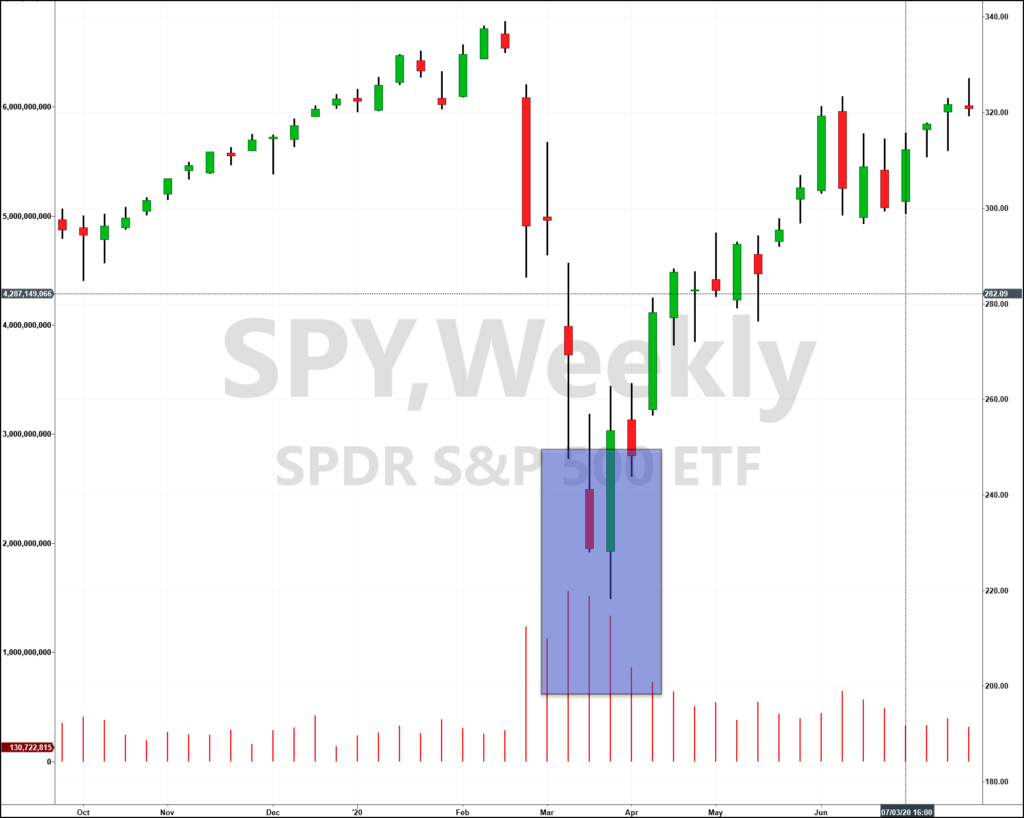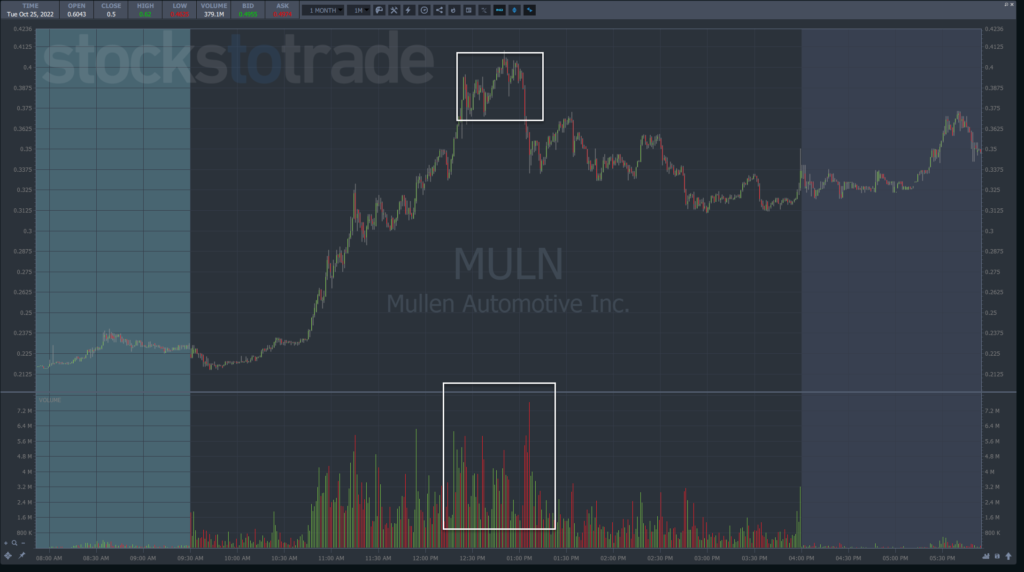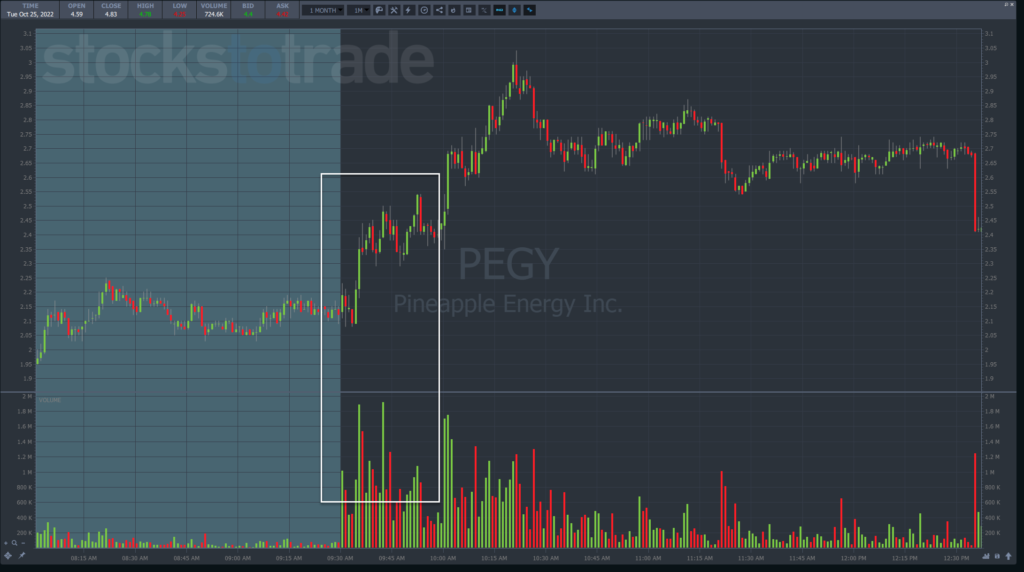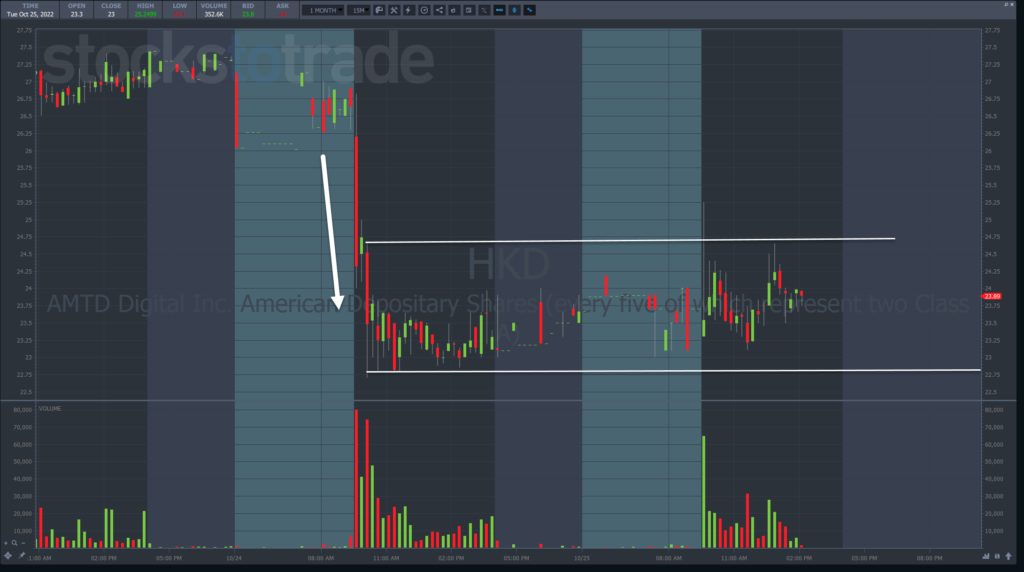I want to give a big shout out to Bryce Touhey, the Small Cap Rockets master, who filled in for me on Tuesday.
Bryce’s unique style blends in perfectly with his Texas hippie persona.
And if there’s a man who could give me a run for my money as a caffeine addict, he might be the one.
During the SteadyTradeTeam premarket webinar Tuesday, someone brought up good ‘ol AMTD Digital Inc. (NYSE: HKD).
In case you weren’t around, this stock was probably the biggest short squeeze I’ve seen in my lifetime.
Considering the gray in my beard, that says a lot.
In his premarket notes, Bryce wrote the following:
$HKD: Yesterday, had an exhaustion low set. Baby gap up this morning. Looking for tight consolidation out of the open to signal another buyer starting to accumulate and then look for a move into low-mid 30s. However, if it keeps falling, I’ll keep it on my radar. Has been a pretty easy stock for me this month so far, so I have a decent read on it. Will not look to trade it if it can’t hold green.
His take was spot on and also covered something I don’t talk about too often – exhaustion moves.
Most of the setups I take use breakouts that squeeze shorts out of position.
However, exhaustion moves can provide incredible setups if you know how to use them properly.
That’s why I wanted to step a bit outside my comfort zone today and discuss how to identify them and craft setups that offer great risk/rewards.
From Obvious to Subtle
The name says it all.
Exhaustion moves occur when sellers or buyers throw in the towel and simply give up.
While it’s often used synonymously with Capitulation, the two are slightly different.
Capitulation occurs when heavy volume enters, effectively purging the system of either buyers (making a low) or sellers (making a top). Capitulation occurs more often at a bottom than a top, and usually comes at the end of an extended trend.
Exhaustion is similar but doesn’t require the same amount of volume. In fact, the exhaustion move itself is typically preceded by heavy volume. Plus, they may just be a waypoint in a stock’s trend.
Think of it as running two miles where you floor it for the first mile and then walk the second.
You still made it two miles, but you did the last mile with less effort because you were tired.
Here’s how this plays out on charts.
Back in 2020, we saw capitulation in the S&P 500 when the market made a bottom in mid-March.
You can see on the weekly chart the huge increase in volume along with a reversal candle that set the bottom from which the market rallied.
Generally, capitulation lows happen on profitable stocks that get hit with a severe selloff.
Penny stocks, most of which aren’t profitable companies, tend to only capitulate at highs after a short squeeze.
This is more what you would see when a penny stock capitulates.
Mullen Automotive (NASDAQ: MULN) ran from $0.225 to $0.40, nearly doubling.
As it made the high, volume soared.
By the early afternoon, the stock pulled back as sellers stepped in.
Now, you could argue this is an exhaustion move and you’d be right since MULN continued higher in the following days.
Exhaustion moves occur all the time in penny stocks.
We see it when they punch higher on heavy volume, make a top, and then flag sideways.
Here’s a recent example from Pineapple Energy Inc. (NASDAQ: PEGY).
Exhaustion moves can occur on any timeframe. This one happened on the 1-minute chart.
PEGY lept higher on heavy volume and then began to trade sideways as volume declined.
Ultimately, this preceded the next move higher.
However, if you look at these on higher time frames, you can play the bounce back in the other direction.
That’s where HKD created a potential setup.
This is a 15-minute chart of HKD.
On Monday, shares plunged hard out of the gate, eventually finding support around $23, which it held into the close.
Tuesday offered a potential setup off this exhaustion move by trading against those lows with a target around that first stoppage point from the day before.
The key is to give yourself the best possible entry that minimizes your losses and maximizes the potential gain.
In this case, if your target was $24.50 and your stop was $23, you’d want to get into the trade somewhere at or below $23.25.
That would provide you with $0.25 of downside compared to $1.25 of upside.
Final Thoughts
Setups don’t have to be complicated. They just need to be predictable and then traded with proper risk management.
Ideally, if I saw a setup like HKD, I’d want to have something else behind it if possible like a news catalyst. That would stack the odds in my favor and make this an excellent possible trade.
Until next time,
Tim Bohen
Lead Trainer, StocksToTrade




